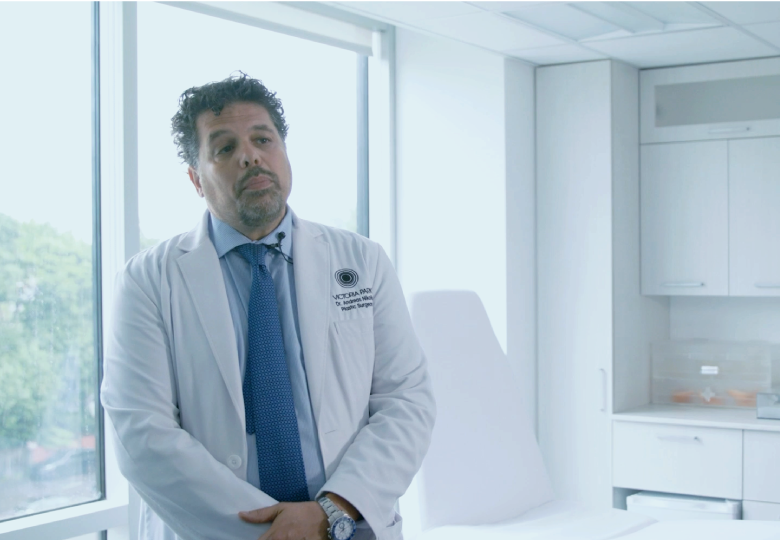Advancements in medical technology continue to reshape the way we approach healthcare. One such innovation that has gained significant attention is the concept of "Injections Without Needles." This revolutionary approach to administering medications offers a safer, more painless, and potentially more efficient alternative to traditional needle-based injections. In this article, we delve into the world of needle-free injections, exploring the technology behind it, its advantages, limitations, and its potential to transform medical procedures.
The Technology Behind Needle-Free Injections
Needle-free injection technology primarily revolves around the concept of delivering medications through high-speed jets or mechanisms that create a fine, high-velocity stream of liquid. This liquid, often the medication itself, is propelled at a velocity high enough to breach the skin's outermost layer and penetrate into the subcutaneous tissues, where it can be rapidly absorbed by the body.
Jet Injection Systems
Jet injection systems utilize a high-pressure mechanism to create a narrow, high-speed jet of liquid medication. This jet penetrates the skin and enters the underlying tissues. Some jet injection systems use a spring-loaded mechanism, while others use compressed gas to generate the necessary pressure. The advantage of jet injection is its ability to deliver medications without the pain associated with traditional needles.
Spring-Loaded Injectors
These devices utilize a spring mechanism to forcefully expel medication through a small orifice, creating a fine stream that penetrates the skin. Spring-loaded injectors are particularly useful for delivering vaccines and other medications without the need for needles.
Advantages of Needle-Free Injections
Reduced Pain and Fear
One of the primary benefits of needle-free injections is the elimination of the pain and anxiety often associated with needles. This is especially important for pediatric patients and individuals with needle phobias, improving their overall experience during medical procedures.
Reduced Risk of Infections
Needle-based injections pose a risk of infection due to accidental needlestick injuries. Needle-free injections minimize this risk, enhancing the safety of healthcare professionals and patients alike.
Faster Administration
Needle-free injections can be administered quickly, potentially reducing the time patients spend in medical facilities. This is particularly valuable in emergency situations or mass vaccination campaigns.
Better Medication Absorption
The high-speed delivery of medications through needle-free injections can result in improved absorption rates compared to traditional injections. This can lead to more effective and efficient treatment outcomes.
Easier Administration
Needle-free injection systems can be easier to use, requiring less training for medical personnel. This can be particularly beneficial in situations where skilled healthcare workers are scarce.
Limitations and Challenges
While needle-free injections hold great promise, there are some limitations and challenges associated with their widespread adoption.
Cost
Developing and manufacturing needle-free injection systems can be expensive, which might hinder their accessibility, especially in resource-limited settings.
Medication Compatibility
Not all medications are suitable for needle-free delivery. Some drugs might require careful formulation and testing to ensure their effectiveness when delivered through this method.
Depth Control
Achieving consistent injection depths can be challenging with certain needle-free systems. This could affect the reliability of medication absorption.
User Training
While needle-free injections are generally simpler to administer, proper training is still required to ensure accurate and safe use.
Regulatory Approval
Regulatory agencies need to thoroughly evaluate the safety and efficacy of needle-free injection systems before granting approval for widespread use.
The Future of Needle-Free Injections
The potential of needle-free injections extends beyond traditional medical settings. Researchers are exploring their application in various fields, including cosmetic procedures, diabetes management, and even at-home medication administration. As technology continues to advance, we can expect to see improvements in cost-effectiveness, ease of use, and compatibility with a wider range of medications.
For More Info:-
Needle Free Insulin Injection Devices






Comments